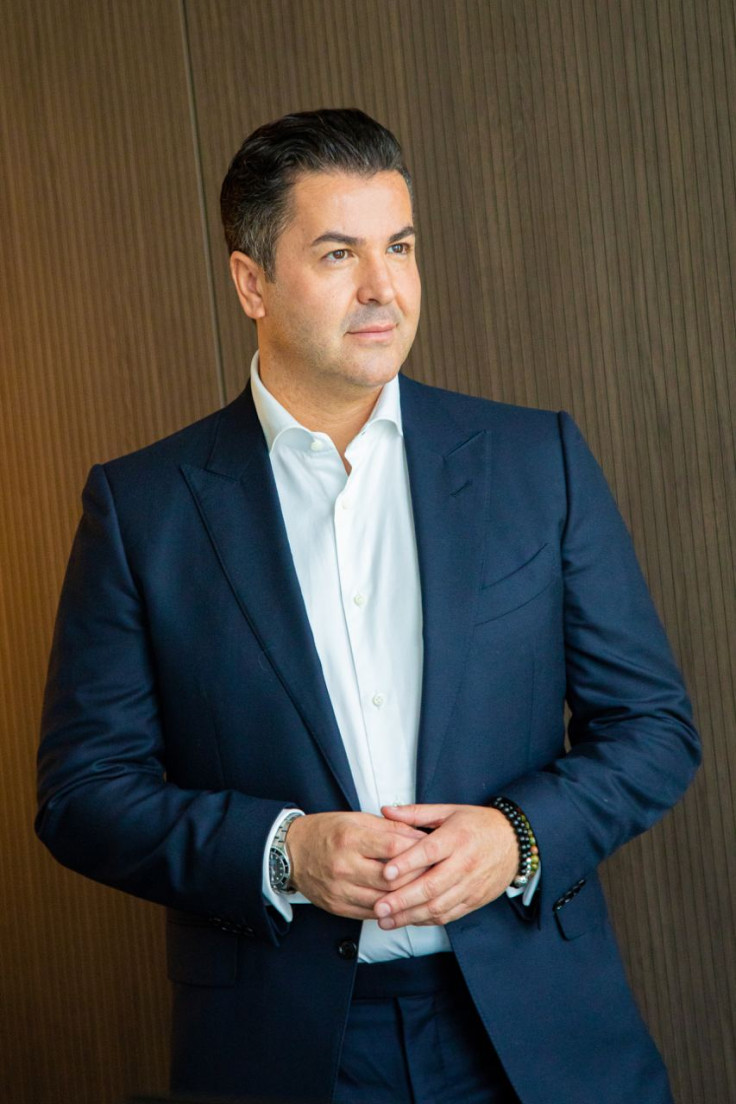CCF Will Be A Major Reporting For Corporations In 2024: Dr. Serhan Ili

In the future, there will be no return on investment without CCF, says Dr. Serhan Ili. As founder and CEO of the digital business building company ILI.DIGITAL AG, he helps global companies to develop their business models not only innovatively but also sustainably through the use of digitization.
ILI.DIGITAL specializes in software solutions and digital transformation using state-of-the-art technologies such as artificial intelligence, augmented reality, hyperautomation, gamification and more.
Companies and organizations have a key role in building a better, sustainable environment and reducing their carbon footprint. As time passes, we see more laws coming into play to help combat climate change, therefore businesses are likely to go through tighter audits. However, Dr. Ili believes that CCF will be in every business' reporting regardless of legislation.

The Gecco2 Project: How ILI.DIGITAL Helps Companies Track CCF
Corporate carbon footprint (CCF) refers to the amount of greenhouse gas (GHG) emissions directly or indirectly caused by a company's activities. CCF is calculated based on the measurement of consumption of energy, products, raw materials, and more.
It's a time-consuming task that must be done yearly. Companies must identify hotspots, conduct frequent monitoring, ideate possible solutions and carry out a long-term climate plan to reduce as much as possible an organization's ecological footprint.
The Greenhouse Gas Protocol and the ISO 14064 standard divide the methodological procedure for CCF into three scopes:
- Scope 1: direct emissions from the sources controlled by the organization, for example, furnaces vehicles, boilers, etc.
- Scope 2: indirect emissions from the generation of purchased energy, steam, heating and cooling for internal use.
- Scope 3: also indirect activities of the company, but not from sources owned by said company. The third scope is the most time-consuming of the three since it takes a wider range of activities within the value chain: logistics, business travels, how executives and employees come to work, etc.
As new technologies emerge, companies must adapt to changes and explore new tools to make them fit for the future. ILI.DIGITAL's Gecco2 project is bringing a digital solution for companies to track and reduce CCF.
The platform designed by the German experts offers an advanced CCF Calculator. This tool measures the ecological footprint of companies using their financial information as a point of reference. Companies only have to upload their financial information and receive the estimated greenhouse emissions in just a few minutes. This saves up time and costs compared to manually tracking each activity for the respective ecological impact . Further, ILI.DIGITAL provides support to companies in their CCF calculations, to the moment they obtain their results in order to recommend them the best actions to reduce it.
By 2024, says Dr. Ili, other types of reporting will become mandatory as per EU directive. Properly measuring CCF will be a crucial element for competitiveness in the market. Since chances are that new metrics for CCF will become mandatory after 2024 and also highly relevant in terms of reputation, corporations are already asking for the CCF of suppliers. The corporations without proper and transparent CCF reporting will be at a significant disadvantage.
© Copyright IBTimes 2025. All rights reserved.





















